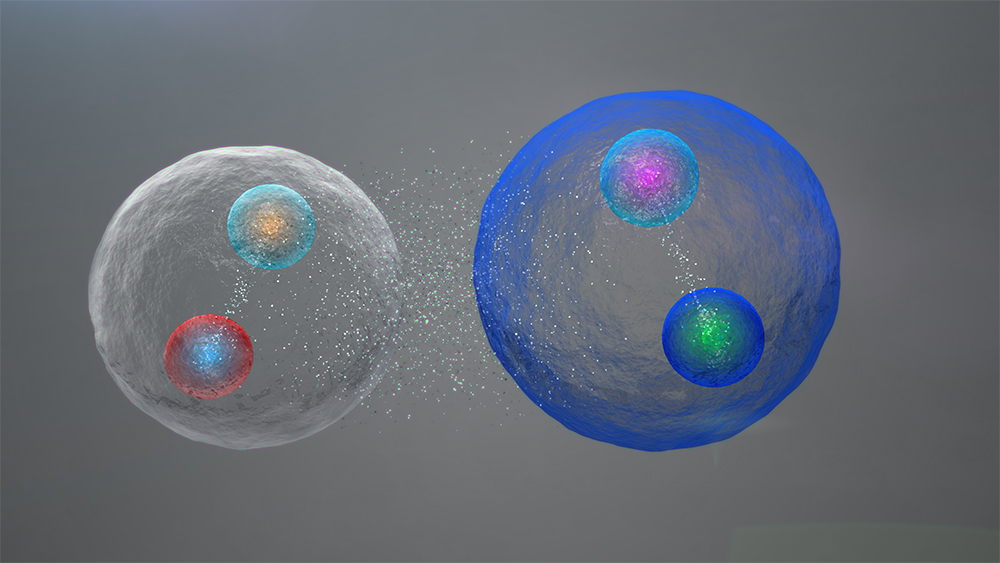Mohan turned 6 years old today and this day was 12th March, 1930. He was very happy as he had heard it was going to be a special day. A great leader was declaring war against the tyrannical rule of the British. A leader with whom he shared his first name.
Mohan lived in the Sabarmati Ashram near Ahmedabad. His Ashram was bustling with activity. People were running around in a huff, getting ready for a march.
Mohan found his father and asked him. “Baba, where is everyone going?” “Are we going to scare away the Britishers?”
His Baba (father) smiled and said, ” No, son! We are going to send a message to them peacefully. That they cannot ask for tax on something that rightfully belongs to us. Something that is a basic necessity of ours, like salt. Today we will break the British salt law by making salt ourselves. And we will not pay any tax on whatever we can make ourselves.”
Little Mohan smiled. But what he did not realize at that time was that this march was going to be the foundation of India’s independence movement.
The great leader with whom little Mohan shared his first name was none other than Mohan Das Karamchand Gandhi, who led the non-violent protest march on March 12th 1930 from his base Ashram, and led it to the sea coast near the village of Dandi. This march is famously known as the “Dandi March” in all the history textbooks.
The 240 mile march continued for 24 days. As he marched along other Indians joined him so they can participate in the great movement. On April 6th, Gandhiji broke the salt law. His courage inspired millions of people across the country. They too joined him in a non-cooperation movement against the British rule.
Gandhiji’s journey did not stop at Dandi, he continued towards the city named Dharasana, 25 miles south of Dandi. He planned to stage a Satyagraha (which means ‘using Truth, as a force to achieve what is right’), to achieve the freedom for the country. However, before he could do that he was jailed and so were 80,000 Indians just for standing up for their rights.
Little Mohan was fortunate to see all the great events and lived on to see a free India – when India gained independence on the 15th August, 1947. He also lived a long life and narrated the story to his grand kids and their kids, of a true saint who did not use swords or armors or guns, but only used the force of truth for gaining liberty for his country and his countrymen.
So as they say in Indian scriptures, Satyamev Jayate! Which means The Truth alone triumphs!





Leave a Reply